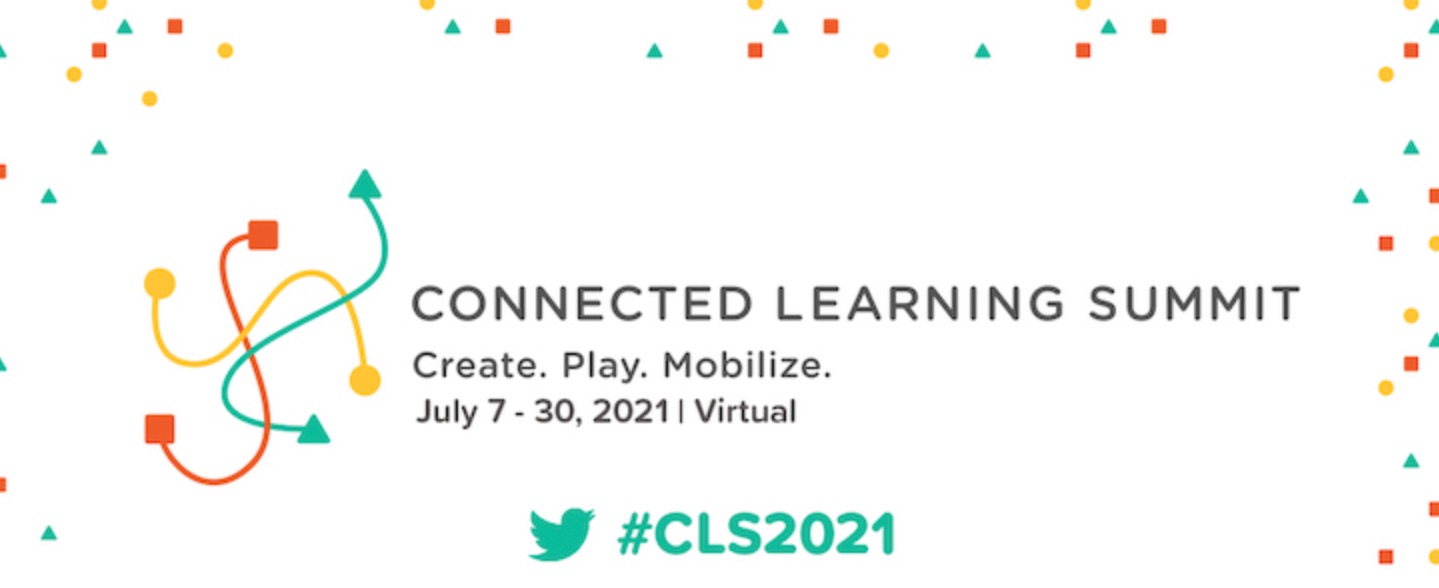Here is a timeline of annotated notes, images, and links for the “Build Your Own Open-Source Learning Network” talk I gave at the 2021 Connected Learning Summit. You watch/listen to the recording and scroll to items of interest, or you can skip the video and read the notes by themselves. If you have questions, comments, or you’d like more information about anything you see here, please let me know.
00:00:02 Clowdr
00:00:17 Open-Source Learning Network sample
00:01:05 “Spaces between the notes”
00:01:39 ACADEMY OF ONE
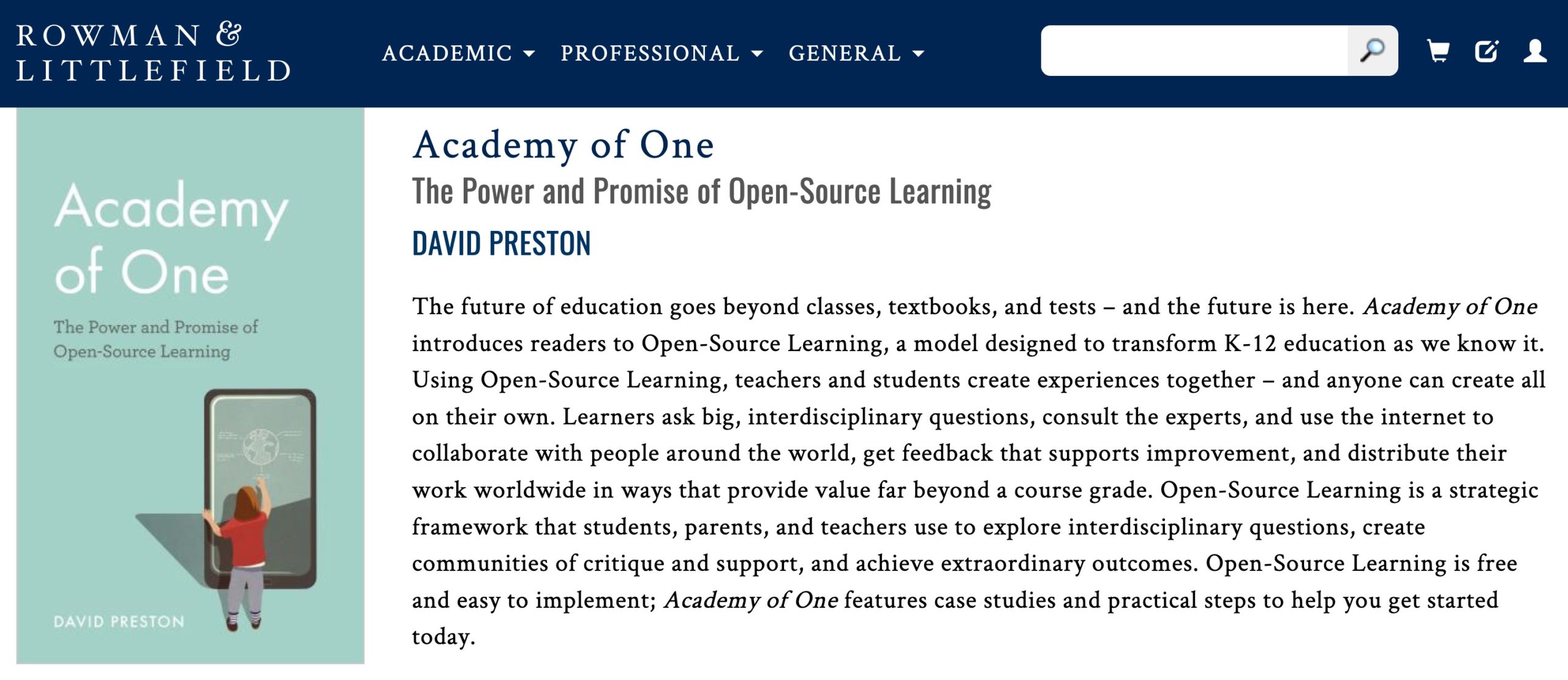
00:01:53 Contact me for a discount on the book or to arrange book clubs and discussions in your community
00:04:49 Introductions. The ways we greet individuals and groups set tones for learning communities. Here is one of my favorites: In order to humanize things and encourage active engagement, I ask the usual questions – name, contact info, why you’re taking the course, what you hope to experience/achieve. I also ask each individual to describe something personally idiosyncratic that we wouldn’t know unless you choose to share – and you’ll be sharing this with all of us, so check in with yourself and make sure you’re comfortable with us getting to know you in this way. (In this session I made the topic more specific, and asked participants to recall something they learned at a young age that (a) they never used or cared about, and (b) somehow never managed to forget.) The answers are submitted on paper or via email, and I create a treasure hunt out of the answers to the last question. Participants race to ask each other who organizes their socks by length, or fears elbows, or once blew milk out of their nose onto their elementary school principal* (*these are all real answers I have received). The first person to match all of the information with the correct people wins the treasure hunt.
00:09:31 The first dedicated Open-Source Learning Academy pilot program (Spring 2021)
00:09:48 For nearly 20 years I have encouraged students to use their devices to connect to the public internet (Note: This image happens to be from an AP course, but I’ve done this with students at all grade levels and stages of language acquisition. My daughter published her first blog when she was six.)

00:10:33 Open-Source Learning Case Study 2: Matt takes off in an airplane, with me in the back seat
00:10:47 A key element of Open-Source Learning is connecting learners with content experts
00:11:56 Since 2006 I’ve offered students Open-Source Learning as a choice, a methodology for expanding our perspectives and engaging with the traditional curriculum while curating and creating value on the public internet
00:12:11 Big Questions (check out the comments! 🙂
00:12:24 Language matters. The terms we use are not just descriptive – they are predictive. The term “student” creates a familiar expectation of an obedient rule-follower; the term “learner” implies active engagement. The term “teacher” is defined by state codes and district collective bargaining agreements. I am a lead learner. The most effective administrators I know are stewards of learning.
00:13:52 At the beginning of the coronavirus pandemic, I wrote a white paper for the superintendents of my school district and educators in general (if you’d like a copy, please contact me)

00:13:54 I met with superintendents to discuss the implications of the pandemic and campus closures in coming years – I hoped for the best and planned for the worst. At the time, neither the state nor the federal government had issued clear policies or guidelines. So, although I firmly believe in the separation of religion and government, I suggested that we tie up our camels and identify specific ways to help learners and family in need, in order to become a more responsive and resilient organization and presence in our community.
00:14:31 Center for the Digital Future/ preliminary data indicates that nearly 1/3 of all parents surveyed across the country are reluctant to send their children back to physical campuses. The majority of these respondents cite reasons (such as bullying and poor facilities) that are unrelated to the pandemic.
00:17:39 “Will This Blog See Tomorrow?” / how I introduce the idea of Open-Source Learning and invite students to consider it, propose their own ideas, and decide how they want to operate going forward
00:19:35 “What’s Your Big Question?” (another sample)
00:20:22 Everything is interdisciplinary – a cup of tea is a study in ceramics, botany, fluid mechanics, and a history of world cultures and colonialism. PARTICIPANT: I’m interested in making paper. ME: Excellent! We can start with paper’s history, how the use of paper allows us to construct meaning asynchronously, or how our perception of paper proves Bishop Berkeley’s concept of immaterialism. There isn’t a single topic, course, or academic field that you CAN’T link to paper in a meaningful way.
00:21:47 Ivan Pavlov
00:23:54 When we feel that our learning is valuable to us – personally relevant and meaningful – we create artifacts that are of value, both to ourselves and to others. Value is made manifest when we curate it and share it. This is one reason to encourage learners to seek out peers and mentors, and to post their work on the public internet. Every learner is free to manage and share their own data, and each of my Open-Source Learning networks maintains a directory of member blogs.
00:24:15 Openly curating our learning also has value over time. Example: recently a former learner reached out because he became a teacher. When we connected, the first thing we talked about was his Open-Source Learning network blog as an artifact in time. You should’ve seen his face when I shared my screen //UPDATE: thanks to online curation, now you can:
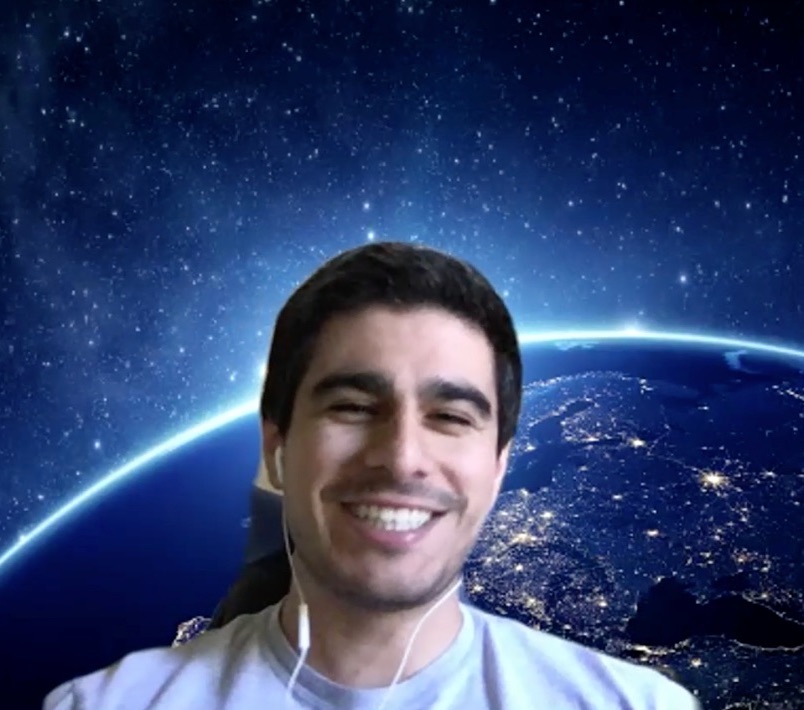
00:27:50 The five fitnesses of Open-Source Learning: mental, physical, civic, spiritual, and technological
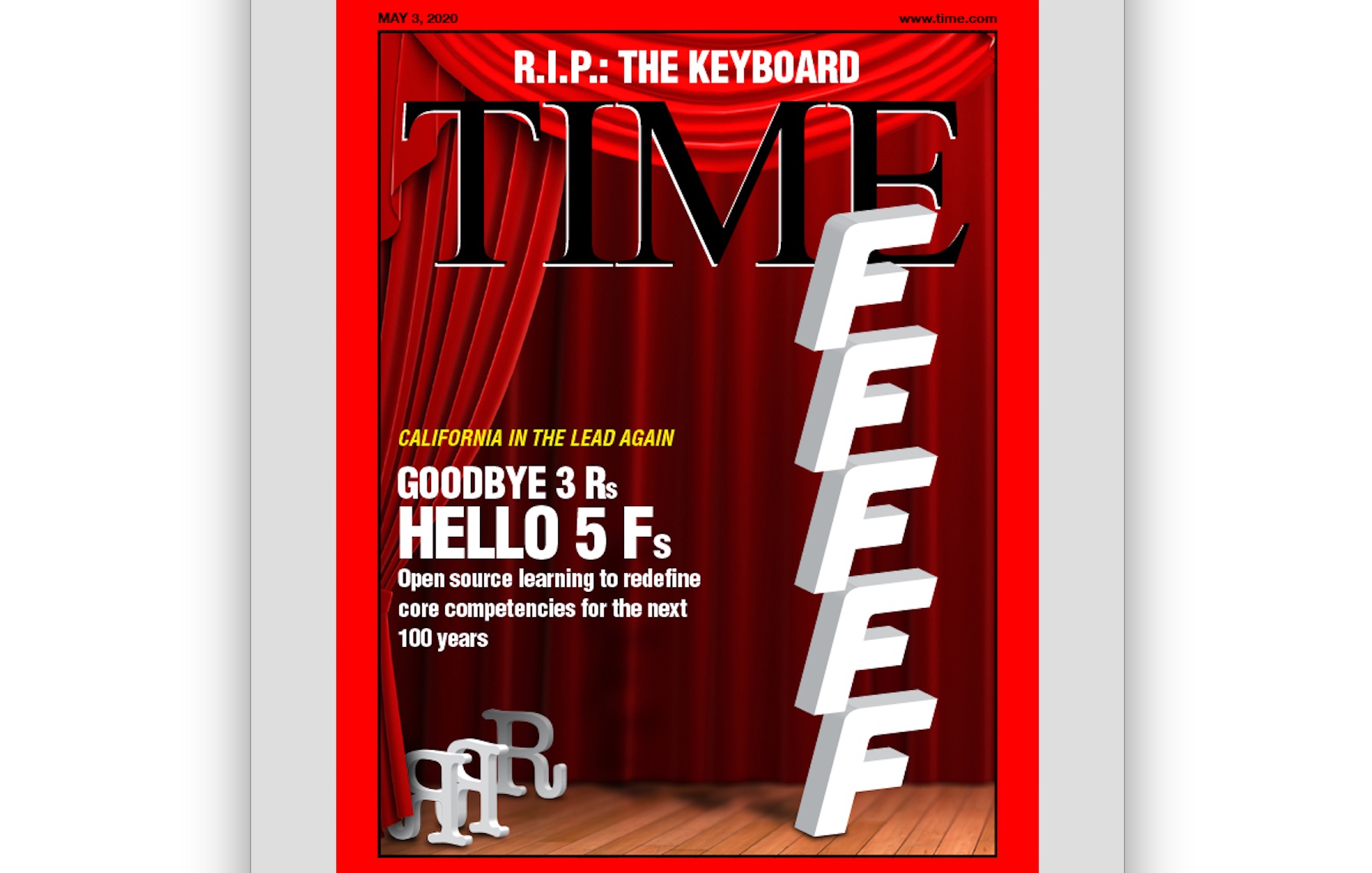
00:28:26 I take the term “lead learner” seriously. I practice Open-Source Learning in ways that enrich my own life. This provides an example for learners to become champions in their own right, and it brings us together through shared experience – yes, I am older and often have more information, but I am learning my way through life right alongside them, and I’m not asking learners to do anything I wouldn’t do myself. Here is an example in the area of physical fitness. Here is an example in the area of writing.
00:29:57 Nonviolent communication
00:29:59 Restorative dialogue
00:39:09 Agency is a problem with regard to education technology. Schools do not generally give educators, students, or families a choice when it comes to “Learning Management Systems” or “Student Information Systems.” This matters a great deal, because learners are forced to create and curate content, which creates value – for the companies that own the software. Students do not own their identities on these platforms, nor do they own their identities in the school. Being forced into labor that creates value on someone else’s digital property for a grade, but no ownership of the product, is intellectual sharecropping.
00:42:37 PROGRAM OR BE PROGRAMMED by Douglas Rushkoff
00:42:40 Books by Howard Rheingold
00:44:14 Tristan Harris TED talk
00:45:48 The Open-Source Learning Academy Protocol/ an open source manifestation of Open-Source Learning principles that offers learners the opportunity to create their own sovereign ID and exercise total control over the terms under which they create, secure, share, and destroy their data.


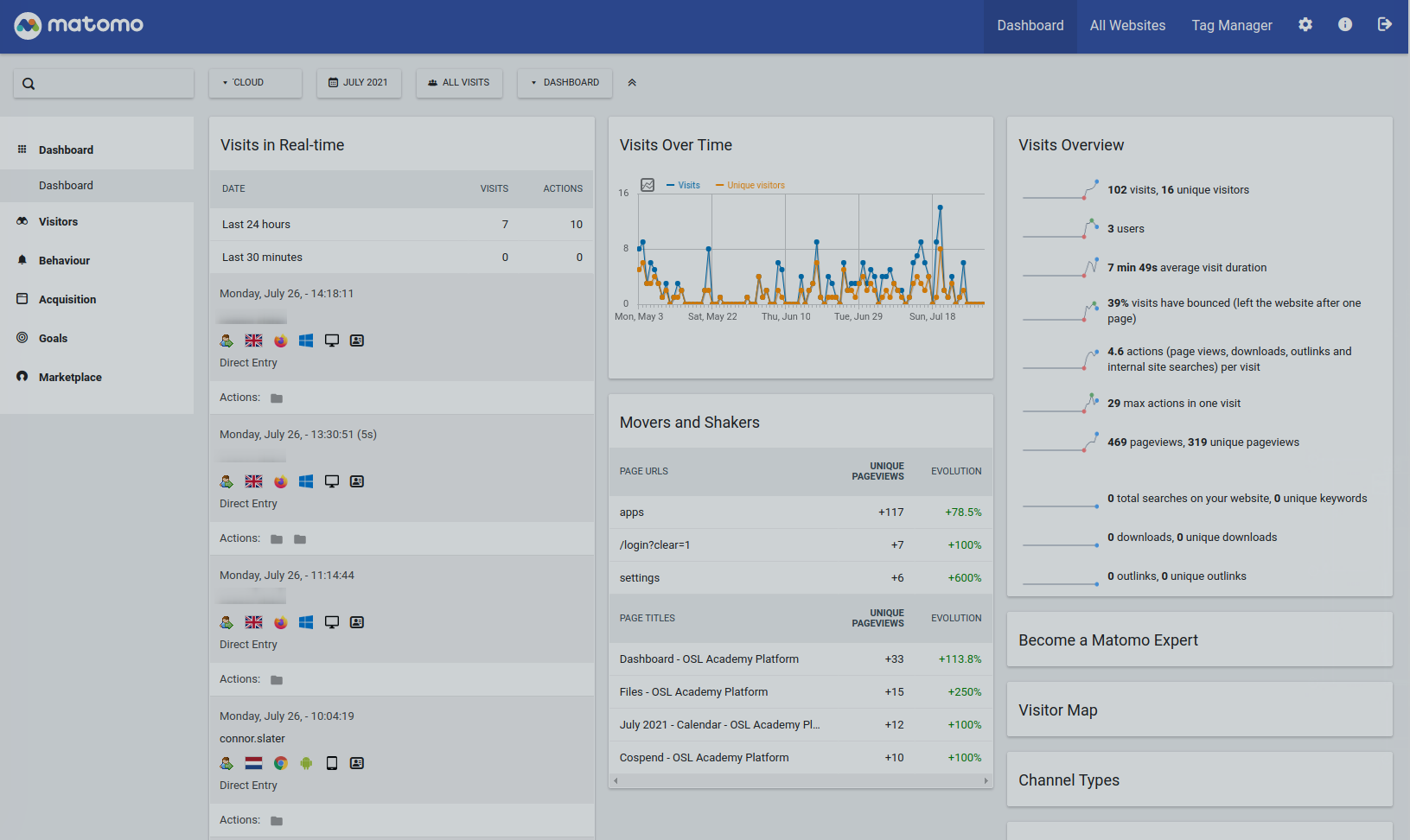
00:46:40 Open systems
00:48:24 Open source software
00:50:23 Kirby Ferguson “Everything is a Remix”
00:50:30 David Wiley
00:57:28 GETTING THINGS DONE by David Allen
00:57:58 Webinar with the contributing authors of UNGRADING (link to book HERE)
00:59:55 “We’ve got five seconds. So I really want to thank you all for spending this time with me. I’ll see you online. I wish you a great day.”
